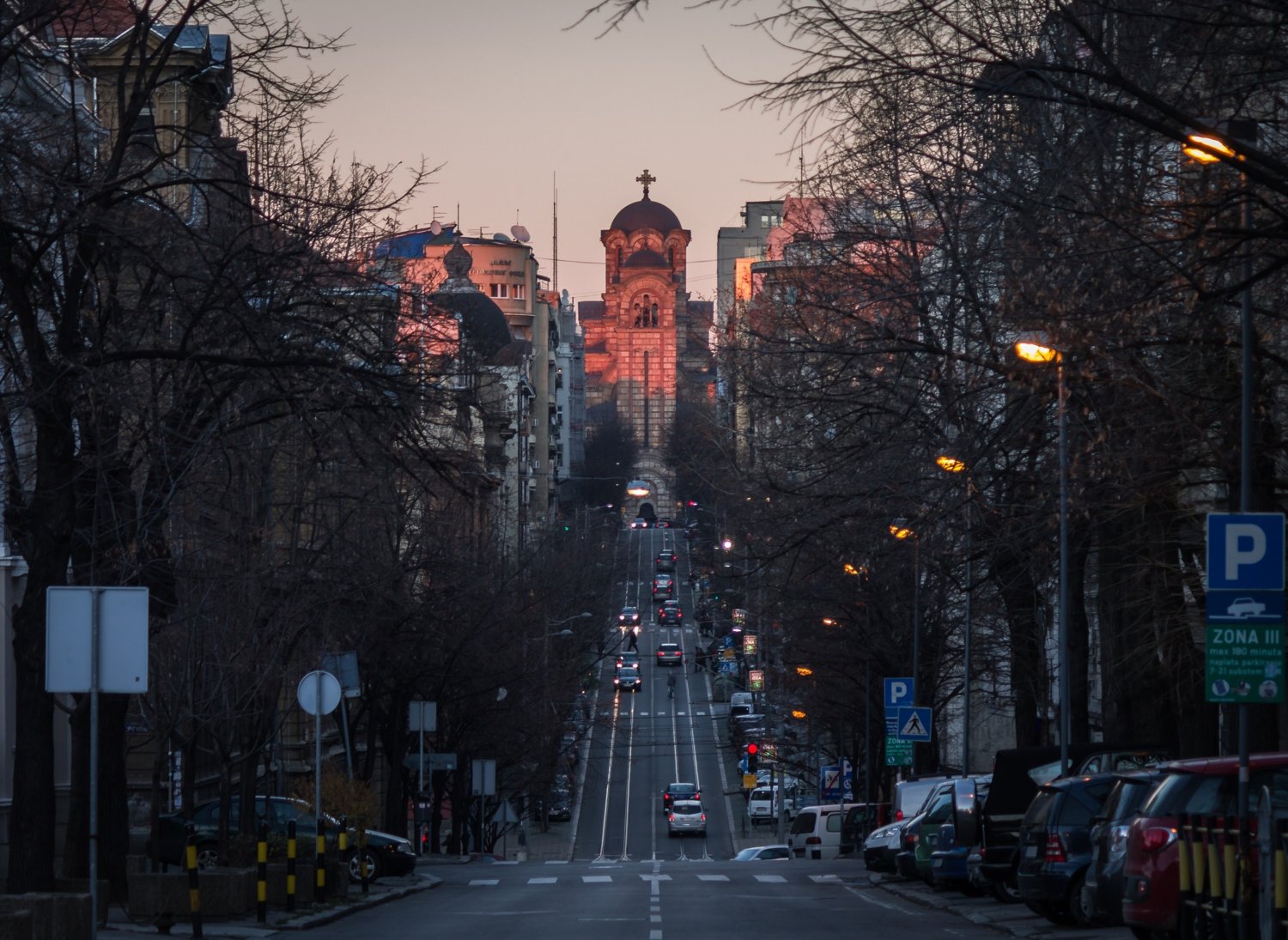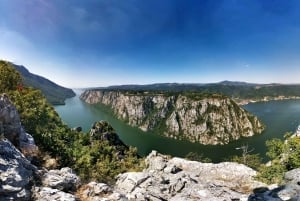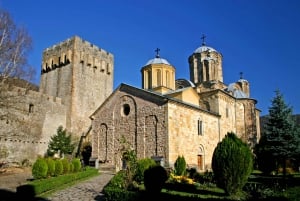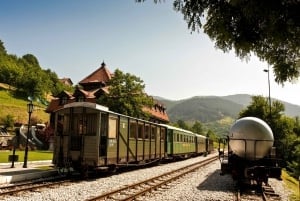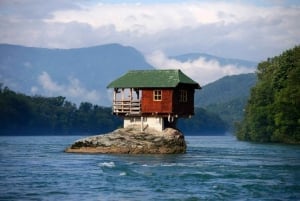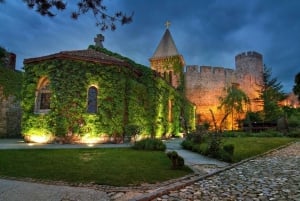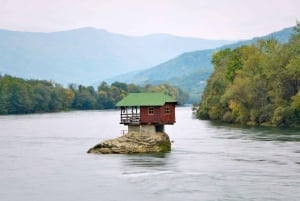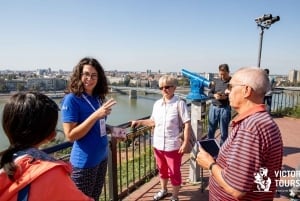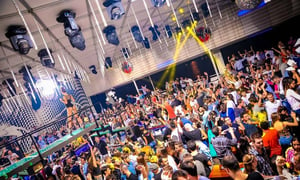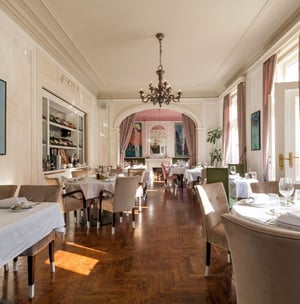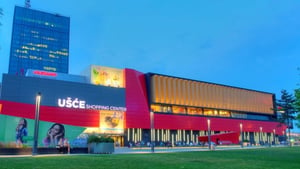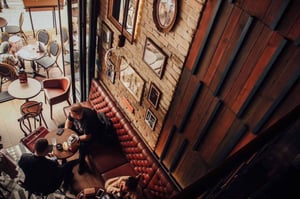Belgrade Regional Info
Belgrade has it all and our guide has been designed to help you research and explore with the guidance of Local Experts!
BELGRADE
Belgrade is the main and largest city of the Republic of Serbia. It was founded by Celts in the 3rd century BC before it became the Roman settlement called Singidunum. The city is on the mouth of the Sava river to the Danube in the central part of Serbia, where the Pannonian Basin connects with the Balkan Peninsula.
The city lies on the Danube, a waterway that connects Western European and Central European countries with countries of Southeast and Eastern Europe. Ships from the Black Sea also come in Danube’s port, and by launching of the Rhine-Main-Danube canal into the traffic, it became the heart of the most important waterway in Europe: the North Sea - the Atlantic - the Black Sea. Due to this position, it is rightly called the "gate of the Balkans" and "the doors of Central Europe".
It is the third largest city in Southeast Europe, after Istanbul and Athens.
According to the census in 2011, the city has 1,732,000 inhabitants.
The city has the status of a special territorial unit in Serbia with its local self-government. Its territory is divided into 17 city municipalities, each of which has its local authorities.
Belgrade public transport is based on bus, tram and trolleybus traffic. It also has a city railway.
Belgrade is at the crossroad of Western and Eastern European culture.
Belgrade is host for many cultural events, including FEST (International Film Festival), BITEF (Belgrade International Theatre Festival), BELEF (Belgrade Summer Festival), BEMUS (Belgrade Music Celebrations), book fair, beer festival...
The city has many theaters, and the most famous amongst them are the Belgrade National Theatre, the Yugoslav Drama Theatre, Zvezdara Theatre, Atelje 212. In Belgrade there is also the Serbian Academy of Sciences and Arts, the National Library of Serbia and the Historical Archives of Belgrade.
The most famous museum in Belgrade is National museum, founded in 1844. It contains collections of more than 400,000 exhibited materials, including many foreign masterpieces. The famous Miroslav's gospel is in this museum.
The military museum is especially popular for foreign tourists, mostly due to the "invisible" (stelt) plane F - 117. There are also over 25,000 exhibit items, some of which date from the Roman period.
Other museums are: Museum of Yugoslav Aviation, Ethnographic Museum, Museum of Contemporary Art, Museum of Nikola Tesla, Museum of Vuk and Dositej.
In different parts of the city, architecture varies from the typical Central European style (Zemun), through a number of Turkish-style buildings located in the old parts of the city, to the most modern architecture of New Belgrade. Architecture of the 19th century has had a considerable influence on the architectural trends in Serbia and even in Belgrade. The influence of Austro-Hungarian architecture is particularly noticeable.
Belgrade has a reputation of the capital that offers vivid nightlife from day to day, with a variety of clubs open to the dawn across the city. Those who favour more traditional Serbian nightlife, or those who love old music, can choose Skadarlija, an old bohemian quarter. In Skadarlija and its surrounding are some of the oldest Belgrade restaurants.
• Belgrade is not in Belgrade, because Belgrade, in fact, is not a city - it's a metaphor, a way of life, a point of view of seeing things. (Momo Kapor)


